
Discover the Bohemian Charm of Barranco
Experience the bohemian heart of Lima in Barranco, a district known for its vibrant art scene, colonial charm, and delectable culinary offerings.
Barranco, Lima's most romantic and artistic district, is a haven for those seeking a blend of culture, history, and vibrant street art. Nestled along the Pacific coastline, this neighbourhood is famous for its colorful colonial architecture, charming narrow streets, and the iconic Bridge of Sighs. As you stroll through Barranco, you'll encounter an array of art galleries, quaint cafes, and lively bars, making it a perfect destination for both day and night exploration. The heart of Barranco is its central plaza, Plaza de Armas, surrounded by historic buildings and lush greenery. Here, you'll find the Barranco Municipal Library and the beautiful Church of La Santísima Cruz. The area is also renowned for its thriving art scene, with numerous galleries showcasing works by both local and international artists. Don't miss the chance to visit the MATE Museum, founded by the famed Peruvian photographer Mario Testino, which offers a captivating glimpse into contemporary art and photography. Barranco is equally famous for its culinary delights. From traditional Peruvian dishes to innovative fusion cuisine, the neighbourhood boasts an array of dining options that cater to all tastes. Enjoy fresh seafood at a seaside restaurant or savor a cup of Peruvian coffee at a cozy café. The nightlife in Barranco is equally enticing, with live music venues, bars, and clubs that keep the energy alive well into the night.
Local tips in Barranco
- Visit the Bridge of Sighs at sunset for a picturesque view and a romantic atmosphere.
- Explore the local art galleries and street art for a unique cultural experience.
- Try the ceviche at a local restaurant for an authentic taste of Peru.
- Take a stroll along the Bajada de Baños, a scenic pathway leading down to the beach.
- Check out the weekend markets for handmade crafts and local souvenirs.
Discover the Bohemian Charm of Barranco
Barranco, Lima's most romantic and artistic district, is a haven for those seeking a blend of culture, history, and vibrant street art. Nestled along the Pacific coastline, this neighbourhood is famous for its colorful colonial architecture, charming narrow streets, and the iconic Bridge of Sighs. As you stroll through Barranco, you'll encounter an array of art galleries, quaint cafes, and lively bars, making it a perfect destination for both day and night exploration. The heart of Barranco is its central plaza, Plaza de Armas, surrounded by historic buildings and lush greenery. Here, you'll find the Barranco Municipal Library and the beautiful Church of La Santísima Cruz. The area is also renowned for its thriving art scene, with numerous galleries showcasing works by both local and international artists. Don't miss the chance to visit the MATE Museum, founded by the famed Peruvian photographer Mario Testino, which offers a captivating glimpse into contemporary art and photography. Barranco is equally famous for its culinary delights. From traditional Peruvian dishes to innovative fusion cuisine, the neighbourhood boasts an array of dining options that cater to all tastes. Enjoy fresh seafood at a seaside restaurant or savor a cup of Peruvian coffee at a cozy café. The nightlife in Barranco is equally enticing, with live music venues, bars, and clubs that keep the energy alive well into the night.
Iconic landmarks you can’t miss
Bridge of Sighs
Experience the romantic allure of the Bridge of Sighs in Barranco, a historical landmark filled with local legends and vibrant culture.
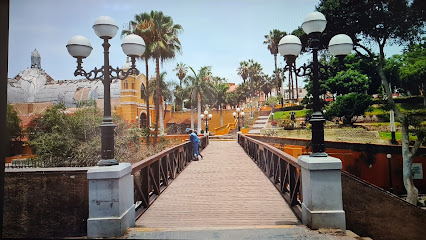
Municipal de Barranco Park
Explore the serene beauty and rich culture of Municipal de Barranco Park in Lima, Peru, a perfect retreat for tourists seeking nature and history.
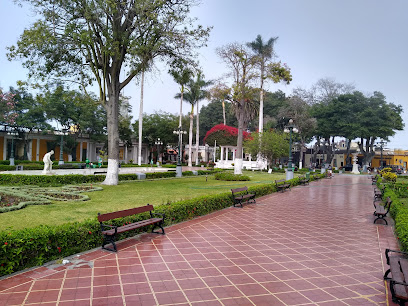
Barranco Puente Suspiros
Explore Barranco's iconic Puente de los Suspiros, a bridge of romance and art surrounded by vibrant culture and scenic beauty.
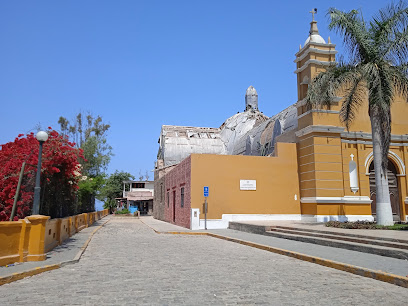
Mirador Saenz Peña
Experience breathtaking views of the Pacific Ocean and Lima's skyline at Mirador Sáenz Peña, a serene observation deck in Barranco.
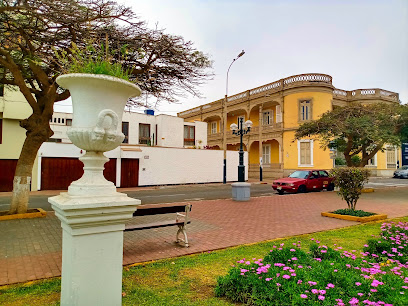
Malecón de los Ingleses
Experience the coastal beauty and artistic charm of Barranco at Malecón de los Ingleses, a serene park perfect for relaxation and exploration.
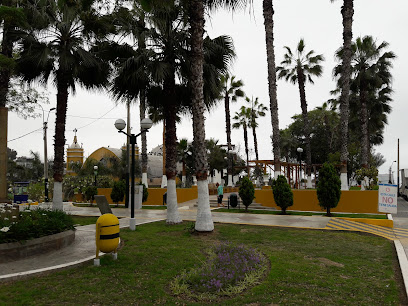
Mirador
Experience breathtaking views and the vibrant culture of Barranco at Mirador, a captivating tourist attraction in Lima's artistic district.
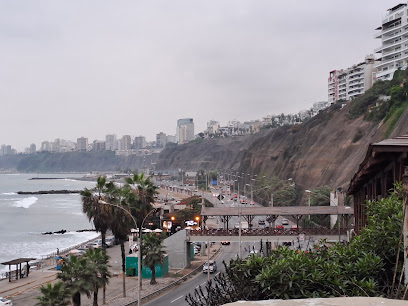
Mural art work
Discover the captivating street art of Barranco, where every mural tells a story and the spirit of creativity thrives in Lima's artistic heart.
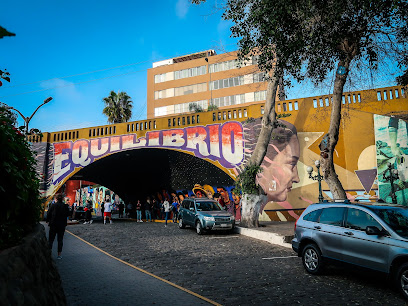
Plaza de Armas de Barranco
Experience the vibrant culture and history of Barranco at the picturesque Plaza de Armas de Barranco, a must-visit park in Peru.
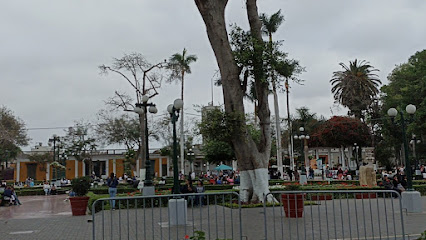
Barranco
Discover Barranco, Lima's artistic neighborhood, boasting historical charm, vibrant street art, and a culinary scene that reflects Peru's rich cultural heritage.
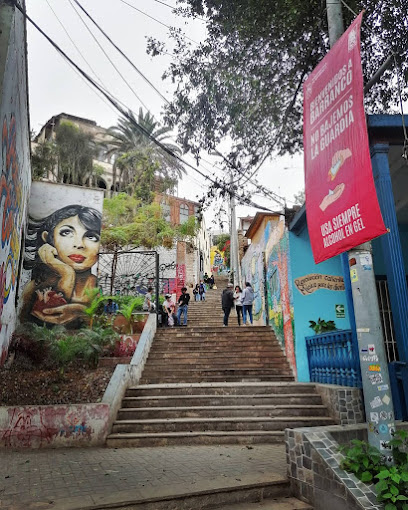
Esculturas de Gallinazos
Explore Esculturas de Gallinazos in Barranco, where vibrant sculptures meet Peru's rich artistic heritage amidst a bohemian atmosphere.
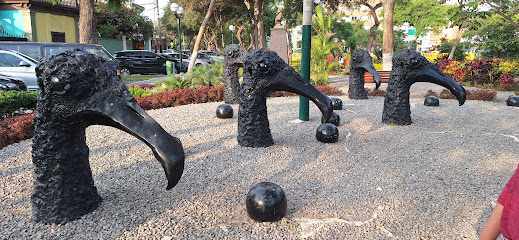
Unmissable attractions to see
Bridge of Sighs
Discover the romantic allure of the Bridge of Sighs in Barranco, Peru, where history, art, and love intertwine in a vibrant cultural experience.
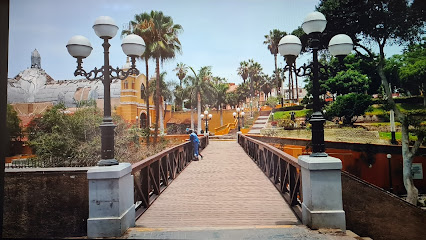
Municipal de Barranco Park
Explore the lush landscapes and artistic charm of Municipal de Barranco Park, a tranquil escape in the heart of Barranco, Peru.

Museo Pedro de Osma
Explore the cultural richness of Peru at Museo Pedro de Osma, a stunning museum brimming with colonial art and history in the heart of Barranco.
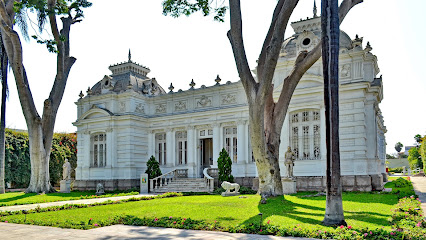
Parque Malecón de Barranco
Experience the beauty and tranquility of Parque Malecón de Barranco, a coastal gem in Lima, Peru, perfect for relaxation and cultural exploration.
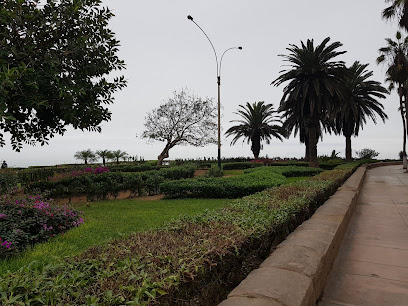
Mirador
Discover breathtaking views at Mirador in Barranco, a must-visit tourist attraction showcasing the beauty of Lima's coastline and vibrant culture.
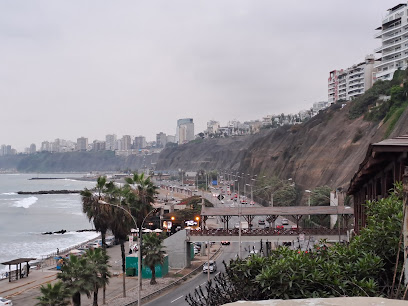
Malecon Souza, Barranco, Lima, Perú.
Discover the stunning coastal views and vibrant culture of Malecon Souza, a must-visit tourist attraction in Barranco, Lima, Peru.
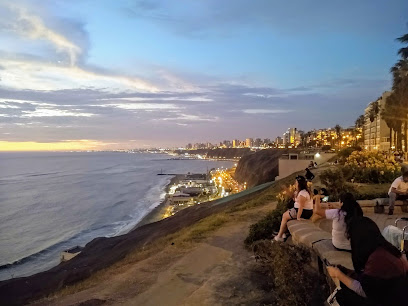
Mural art work
Discover the enchanting Mural Art Work in Barranco, a vibrant showcase of Peru's artistic spirit and cultural heritage.
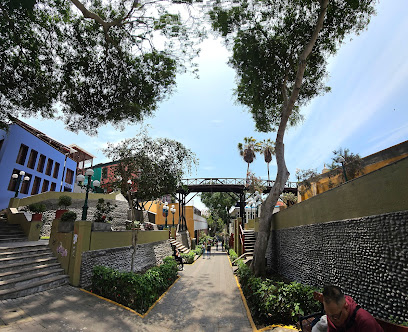
Parque de Mariposas de Barranco
Discover the magical world of butterflies at Parque de Mariposas de Barranco, a serene retreat filled with vibrant species in the heart of Peru.

Escudo de Barranco
Discover the rich cultural heritage and artistic spirit of Barranco at Escudo de Barranco, a captivating tourist attraction in Peru.

Espigón Bordemar
Explore the stunning coastal views and savor delicious Peruvian cuisine at Espigón Bordemar, a must-visit attraction in Barranco, Peru.

Barranco Food Tour Meeting Point - Exquisito Perú
Uncover the flavors of Peru at the Barranco Food Tour Meeting Point - Exquisito Perú, your gateway to a culinary adventure in vibrant Barranco.
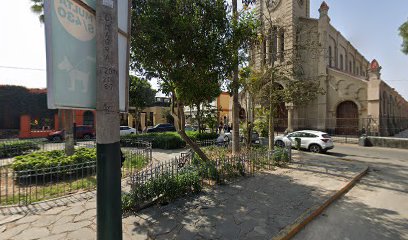
Mural
Explore Barranco's vibrant mural, a stunning expression of local culture and artistry that captivates every visitor with its colorful storytelling.

Mural Geeko Valorant
Explore the vibrant street art at Mural Geeko Valorant in Barranco, where creativity and culture come alive in stunning murals.
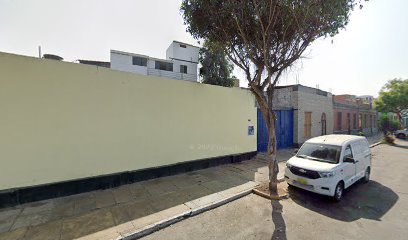
Soy, Estoy - sculpture
Discover the captivating 'Soy, Estoy' sculpture in Barranco, a profound symbol of identity and artistry in Peru's vibrant cultural scene.
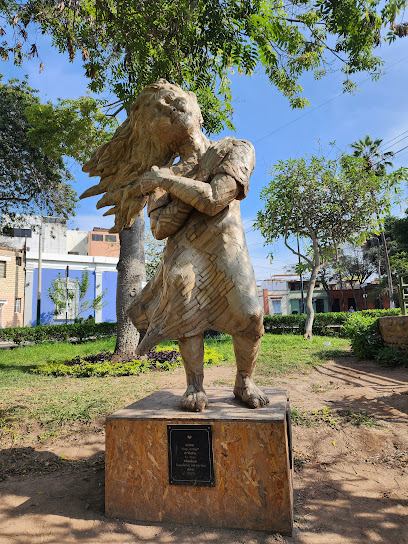
Essential places to dine
Canta Rana
Discover the vibrant flavors of Barranco at Canta Rana, where fresh seafood meets creative cocktails in a lively atmosphere.
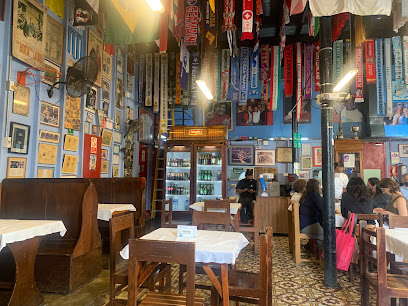
La Cuadra de Salvador
Discover La Cuadra de Salvador: A premier steakhouse in Barranco offering exceptional flavors and an unforgettable dining experience.

La 73
Discover La 73 in Barranco - where culinary artistry meets vibrant culture through unique flavors and craft cocktails.
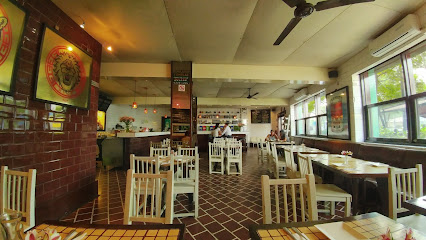
Pan Sal Aire
Discover culinary delights at Pan Sal Aire in Barranco - where tradition meets innovation in every delicious bite.
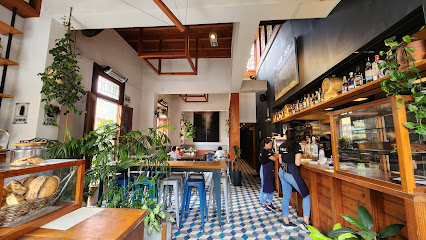
Awicha
Discover Awicha in Barranco - where Peruvian flavors meet creative fusion cuisine in an inviting atmosphere.
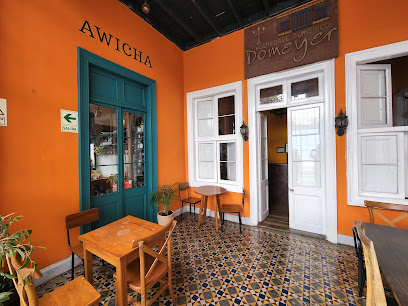
Canta Ranita (Ceviche)
Savor authentic Peruvian ceviche at Canta Ranita in Barranco - where seafood meets vibrant culture.
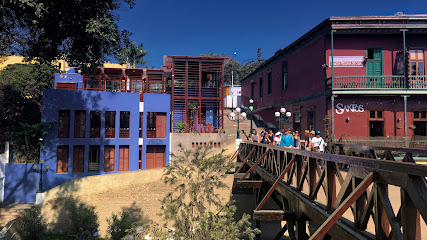
Kinjo Ramen Barranco
Experience the best of Japanese cuisine at Kinjo Ramen Barranco, where authentic flavors meet the vibrant culture of Lima.
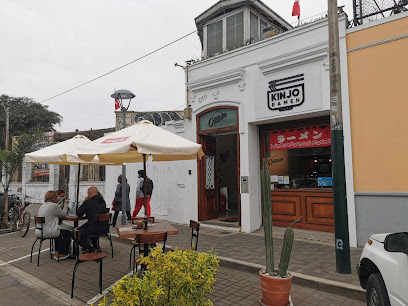
República del Pisco - Barranco
Experience the vibrant flavors of Peru at República del Pisco in Barranco—where tradition meets modern culinary artistry.
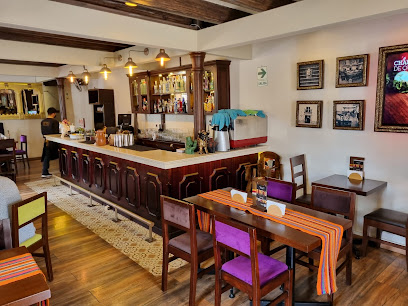
Siete Restaurante
Discover inventive Peruvian cuisine at Siete Restaurante in Barranco, where traditional flavors meet modern flair in an artistic setting.
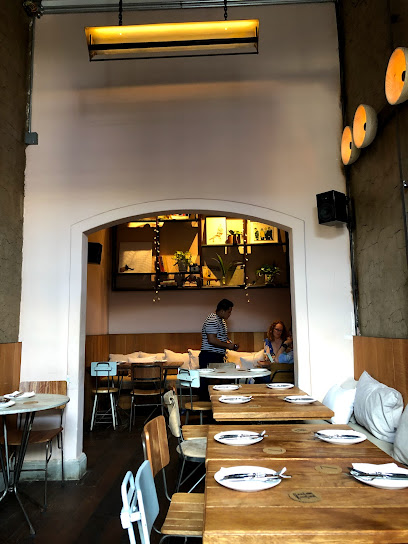
Arlotia
Experience authentic Basque cuisine at Arlotia in Barranco - where every dish tells a story of tradition and flavor.
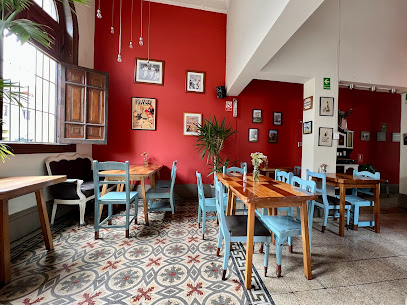
Markets, malls and hidden boutiques
Dédalo
Discover Dédalo, a unique art gallery and craft store in Barranco, Lima, blending culture, creativity, and community in a vibrant atmosphere.
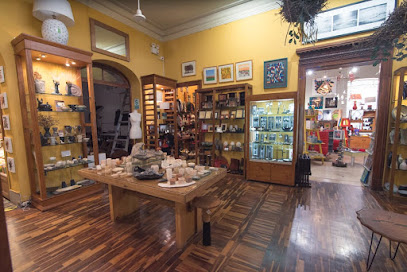
PUNA Shop Gallery
Explore PUNA Shop Gallery in Barranco, Peru – a vibrant mix of art, handicrafts, and music in a charming cultural hub.
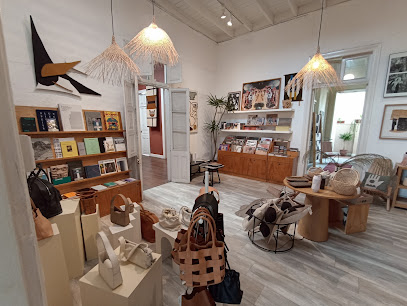
El Clóset de mi hermana
Explore El Clóset de mi hermana in Barranco, where unique Peruvian fashion meets contemporary style in a vibrant shopping atmosphere.
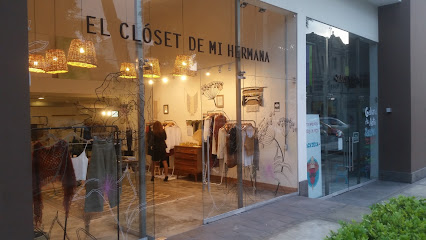
One the store
Discover unique fashion at One the Store in Barranco, where local designs meet trendy styles for an unforgettable shopping experience.
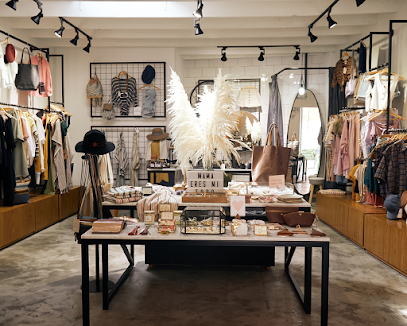
Portico
Explore the fusion of fashion, art, and flavor at Portico, Lima's unique women's clothing store and cultural hub.
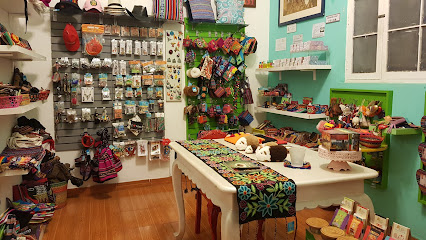
Tienda Exquisito Perú
Explore Tienda Exquisito Perú in Barranco, the organic shop offering fresh, local produce and a taste of Peru's sustainable agricultural heritage.
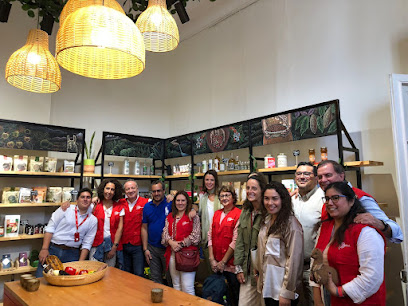
Pupping Shop Perú
Discover unique Peruvian fashion at Pupping Shop Perú in Barranco, a must-visit clothing store for trendy apparel and local accessories.
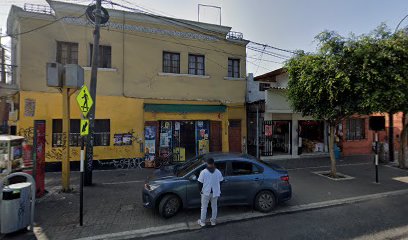
IMPULSE PERÚ - Feria Barranco Moda - Stand 13
Discover stylish outdoor clothing and gear at IMPULSE PERÚ in Barranco, Lima, where adventure meets local fashion.
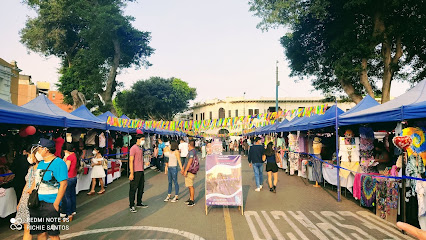
Angievel
Shop unique sustainable fashion at Angievel in Barranco, Peru, where local culture meets contemporary style in an artistic setting.
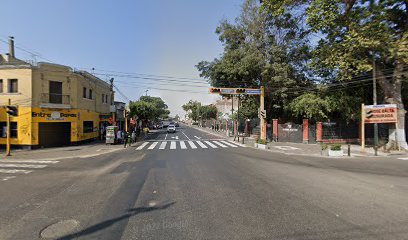
Pato Store
Discover unique fashion accessories at Pato Store in Barranco, where local craftsmanship meets contemporary style in a vibrant artistic neighborhood.

Essential bars & hidden hideouts
BarBarian Barranco
Discover the lively BarBarian Barranco, a must-visit brewpub in Lima offering craft beers, delicious food, and a vibrant atmosphere.
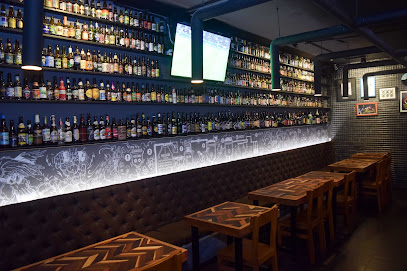
Juanito Barranco
Discover the heart of Barranco at Juanito Barranco, where delicious charcuterie and vibrant drinks create an unforgettable dining experience.
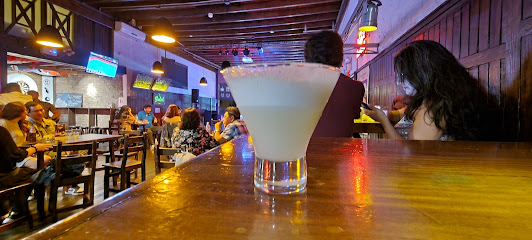
Barranco Bar
Discover the lively atmosphere and artistic vibe of Barranco Bar, a premier nightlife destination in Lima, Peru, where unforgettable memories await.
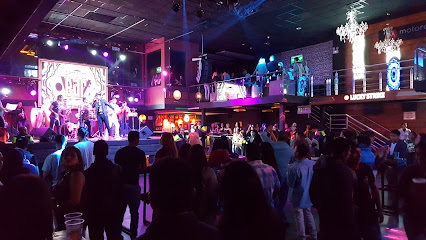
Shushupe Bar Barranco
Experience the vibrant nightlife of Barranco at Shushupe Bar, where creative cocktails and lively atmosphere create unforgettable memories.
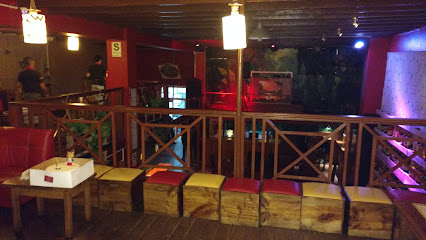
Garrison Bar
Experience the vibrant nightlife of Barranco at Garrison Bar, where delicious cocktails and a lively ambiance create memorable evenings.
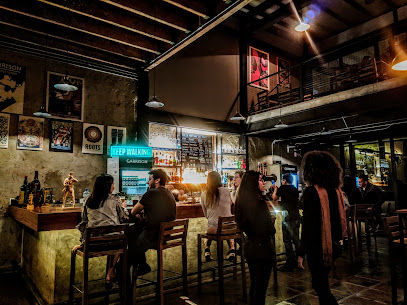
El Gringo Bar
Experience the vibrant nightlife at El Gringo Bar, a must-visit destination in Barranco, Lima, known for its cocktails, atmosphere, and warm hospitality.
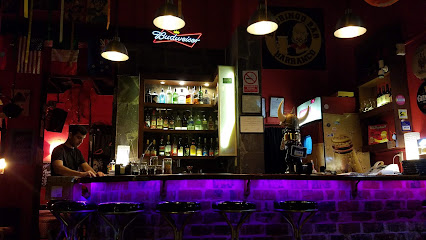
Victoria Barranco
Experience the vibrant culinary scene at Victoria Barranco, a gastropub offering innovative dishes and a lively atmosphere in Barranco, Peru.

Picas
Explore the lively nightlife of Barranco at Picas, where signature cocktails and vibrant ambiance create unforgettable memories.
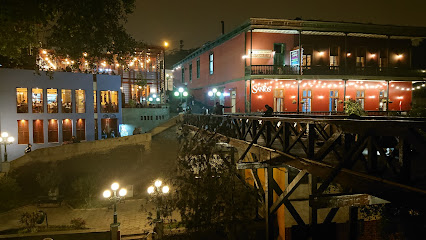
The Lion's Head Pub
Discover The Lion's Head Pub in Barranco: A lively gastropub offering a fusion of local flavors and international cuisine in a vibrant atmosphere.
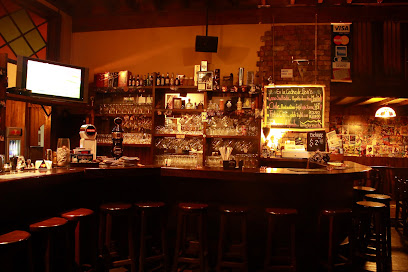
Aguabendita Bar
Discover the vibrant nightlife at Aguabendita Bar in Barranco, Lima - where cocktails meet live music in a lively atmosphere.
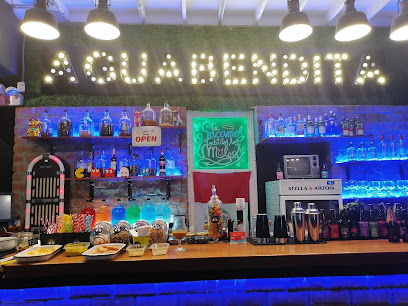
Local Phrases
-
- HelloHola
[oh-lah] - GoodbyeAdiós
[ah-dee-ohs] - YesSí
[see] - NoNo
[noh] - Please/You're welcomePor favor
[por fah-vor] - Thank youGracias
[grah-see-ahs] - Excuse me/SorryPerdón
[pair-dohn] - How are you?¿Cómo estás?
[koh-moh ehs-tahs] - Fine. And you?Bien. ¿Y tú?
[byen. ee too] - Do you speak English?¿Hablas inglés?
[ah-blahs een-glays] - I don't understandNo entiendo
[noh ehn-tee-ehn-doh]
- HelloHola
-
- I'd like to see the menu, pleaseQuisiera ver el menú, por favor
[kee-see-eh-rah vehr ehl meh-noo, por fah-vor] - I don't eat meatNo como carne
[noh koh-moh kahr-neh] - Cheers!¡Salud!
[sah-loohd] - I would like to pay, pleaseMe gustaría pagar, por favor
[meh goos-tah-ree-ah pah-gahr, por fah-vor]
- I'd like to see the menu, pleaseQuisiera ver el menú, por favor
-
- Help!¡Ayuda!
[ah-yoo-dah] - Go away!¡Vete!
[veh-teh] - Call the Police!¡Llama a la policía!
[yah-mah ah lah poh-lee-see-ah] - Call a doctor!¡Llama a un doctor!
[yah-mah ah oon dohk-tohr] - I'm lostEstoy perdido
[ehs-toy pair-dee-doh] - I'm illEstoy enfermo
[ehs-toy ehn-fehr-moh]
- Help!¡Ayuda!
-
- I'd like to buy...Quisiera comprar...
[kee-see-eh-rah kohm-prahr] - I'm just lookingSolo estoy mirando
[soh-loh ehs-toy mee-rahn-doh] - How much is it?¿Cuánto cuesta?
[kwan-to kwehs-tah] - That's too expensiveEsto es demasiado caro
[ehs-toh ehs deh-mah-syah-doh kah-roh] - Can you lower the price?¿Puedes bajar el precio?
[pweh-dehs bah-har ehl pree-syoh]
- I'd like to buy...Quisiera comprar...
-
- What time is it?¿Qué hora es?
[keh oh-rah ehs] - It's one o'clockEs la una
[ehs lah oo-nah] - Half past (10)Media (10)
[meh-dee-ah (deez)] - MorningMañana
[mah-nyah-nah] - AfternoonTarde
[tahr-deh] - EveningNoche
[noh-cheh] - YesterdayAyer
[ah-yehr] - TodayHoy
[oy] - TomorrowMañana
[mah-nyah-nah] - 1Uno
[oo-noh] - 2Dos
[dohs] - 3Tres
[trehs] - 4Cuatro
[kwah-troh] - 5Cinco
[seen-koh] - 6Seis
[says] - 7Siete
[syeh-teh] - 8Ocho
[oh-choh] - 9Nueve
[nweh-veh] - 10Diez
[dyehs]
- What time is it?¿Qué hora es?
-
- Where's a/the...?¿Dónde está...?
[dohn-deh ehs-tah] - What's the address?¿Cuál es la dirección?
[kwal ehs lah dee-rehk-syohn] - Can you show me (on the map)?¿Puedes mostrarme (en el mapa)?
[pweh-dehs mohs-trar-meh (ehn ehl mah-pah)] - When's the next (bus)?¿Cuándo es el próximo (autobús)?
[kwan-doh ehs ehl prohk-see-moh (ow-toh-boos)] - A ticket (to ....)Un boleto (para ....)
[oon boh-leh-toh (pah-rah)]
- Where's a/the...?¿Dónde está...?
History of Barranco
-
Barranco was founded in the late 19th century, emerging as a coastal retreat for the wealthy elite of Lima. Its picturesque cliffs and proximity to the Pacific Ocean made it a favored destination for Lima's upper class, who built elegant mansions and summer homes. The area's development was closely tied to the expansion of the city of Lima, as transport links improved and the need for leisure spaces grew.
-
By the early 20th century, Barranco became a cultural hub, attracting artists, musicians, and writers. The neighborhood was home to many intellectuals, including the notable poet *Javier Heraud* and the famous painter *Pancho Fierro*. The vibrant cultural scene contributed to Barranco's reputation as a center for art and literature in Peru, with galleries and theaters flourishing alongside its bohemian atmosphere.
-
The iconic *Puente de los Suspiros* (Bridge of Sighs) was built in the late 19th century and symbolizes Barranco's romantic essence. This wooden bridge, linking two sides of the district, is surrounded by legends and has become a popular spot for both locals and tourists. The architecture of Barranco reflects diverse styles, from colonial to modernist, showcasing the neighborhood's evolution and the eclectic tastes of its residents.
-
Throughout the 20th century, Barranco witnessed significant political and social changes, particularly during periods of unrest in Peru. The neighborhood hosted various protests and movements, reflecting the broader struggles of Peruvian society. Notably, during the tumultuous years of the Shining Path insurgency in the 1980s and 1990s, Barranco became a focal point for artistic and cultural resistance against violence and oppression.
-
In recent decades, Barranco has experienced a renaissance marked by gentrification and a burgeoning tourism industry. The restoration of historic buildings and the emergence of trendy bars, restaurants, and galleries have attracted a younger crowd and revitalized the neighborhood's artistic spirit. This transformation, while beneficial for the local economy, has also raised concerns about the preservation of Barranco's unique cultural heritage and the displacement of long-term residents.
Barranco Essentials
-
Barranco is easily accessible from other neighborhoods in Lima. From Miraflores, you can take a taxi or use ridesharing apps like Uber, which typically takes around 15 minutes depending on traffic. Buses also run frequently between Miraflores and Barranco. If you are coming from downtown Lima, the Metropolitano bus service is a convenient option; take the Metropolitano to the Balta station and transfer to a local bus or taxi to reach Barranco.
-
Barranco is a walkable neighborhood, making it perfect for exploring on foot. Bicycles can be rented at various spots, and there are bike lanes along the main streets. Local buses and taxis are also available for longer distances or when traveling to neighboring districts. The Metropolitano bus system does not extend directly into Barranco, but nearby stations can facilitate access.
-
Barranco is generally safe for tourists, but as with any urban area, it is advisable to remain vigilant. Avoid walking alone at night in poorly lit areas, particularly around the outskirts of the neighborhood. Petty crimes, such as pickpocketing, can occur in crowded places like markets and bus stops. Areas near the Barranco cliffs should be approached with caution, especially at night.
-
In case of an emergency, dial 911 for police, fire, or medical assistance. There are local clinics and hospitals in Barranco for non-life-threatening issues. Keep a list of important numbers, including your embassy or consulate, and ensure you have travel insurance that covers emergencies. Pharmacies are also available for minor health needs.
-
Fashion: Do dress casually yet respectfully, especially when visiting churches. Don’t wear excessively revealing clothing. Religion: Do respect local customs and be quiet in religious sites. Public Transport: Do give up your seat for elderly passengers. Don’t engage in loud conversations on buses or taxis. Greetings: Do greet with a friendly handshake and maintain eye contact. Eating & Drinking: Do try local eateries and street food. Don’t drink tap water; opt for bottled water instead.
-
To experience Barranco like a local, visit the local art galleries and small cafes which offer unique Peruvian coffee. Attend cultural events and festivals, particularly during summer months. Engage with local artists and shopkeepers, as they often share insights about the neighborhood's vibrant art scene. Don’t miss Barranco’s famous 'Puente de los Suspiros' and take a stroll along the waterfront, especially during sunset.
Nearby Cities to Barranco
-
Things To Do in Huancayo
-
Things To Do in Ica
-
Things To Do in Huaraz
-
Things To Do in Ayacucho
-
Things To Do in Trujillo
-
Things To Do in Machu Picchu
-
Things To Do in Cusco
-
Things To Do in Chiclayo
-
Things To Do in Arequipa
-
Things To Do in Puno
-
Things To Do in Piura
-
Things To Do in Loja
-
Things To Do in Copacabana
-
Things To Do in Tacna
-
Things To Do in Arica












